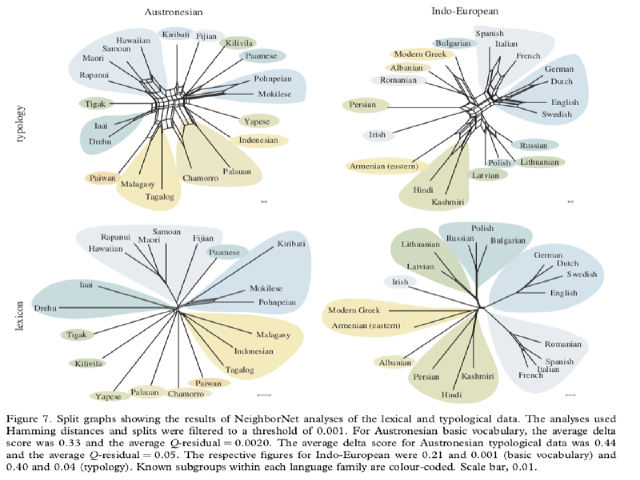On the shape and fabric of human history

Authors:
Citation:
Details:
Published: 9 September, 2010.
Download:
Abstract:
In this paper we outline two debates about the nature of human cultural history. The first focuses on the extent to which human history is treelike (its shape), and the second on the unity of that history (its fabric). Proponents of cultural phylogenetics are often accused of assuming that human history has been both highly tree-like and consists of tightly linked lineages. Critics have pointed out obvious exceptions to these assumptions. Instead of a priori dichotomous disputes about the validity of cultural phylogenetics phylogenies, we suggest that the debate is better conceptualized as involving positions along continuous dimensions. The challenge for empirical research is therefore to determine where particular aspects of culture lie on these dimensions. We discuss the ability of current computational methods derived from evolutionary biology to address these questions. These methods are then used to compare the extent to which lexical evolution is treelike in different parts of the world and to evaluate the coherence of cultural and linguistic lineages.